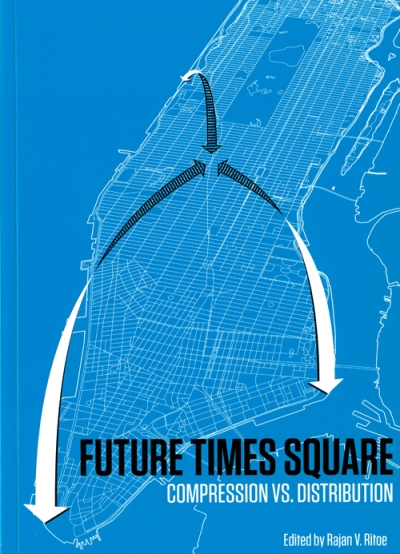
Future Times Square. Compression vs. Distribution
One of the most famous squares of the world, Times Square in New York, is visited by more than 350.000 people each day. This is even more than all the people going through New York’s airports on a daily basis. Terraventure and the faculty’s urbanism department offer a few proposals to adapt Times Square to meet its demands: finding a way to cope with this large - and growing -number of passengers.
The authors of ‘Future Times Square’ propose two different strategies to deal with the spatial pressure on Times Square: compression and distribution. By employing the strategy of compression, the Times Square area could be transformed into a pedestrian-friendly zone. Regulating the amount of cars in the area is a good start. A more far-reaching measure is the implementation of different levels, by which the subway becomes a more integrated element using conveyor belts. The second possible strategy involves distribution: by distributing various annexes of the functions present in Times Square into Manhattan’s nearby surroundings, the spatial pressure on Times Square itself will be relieved.